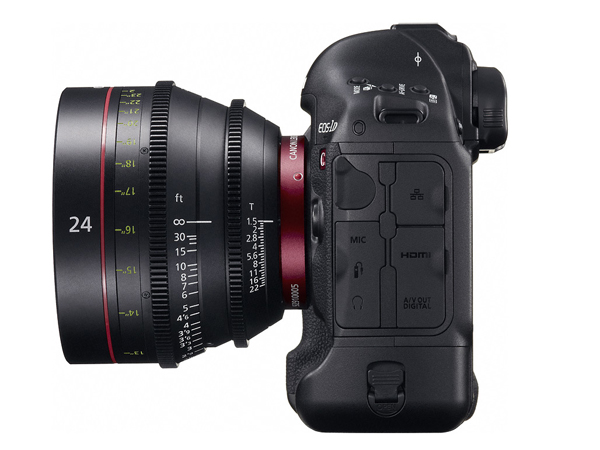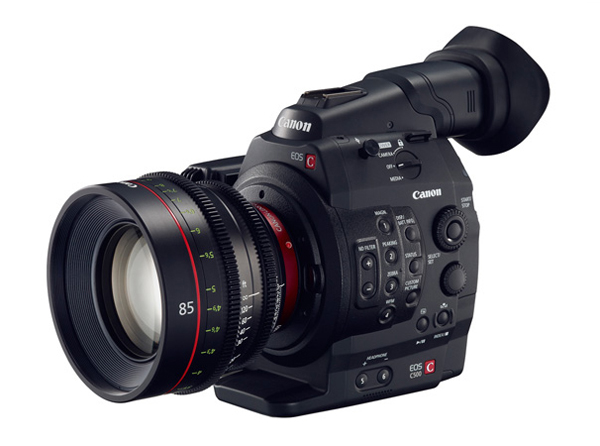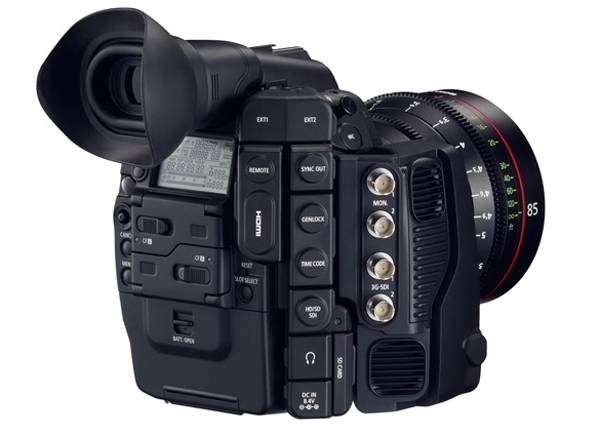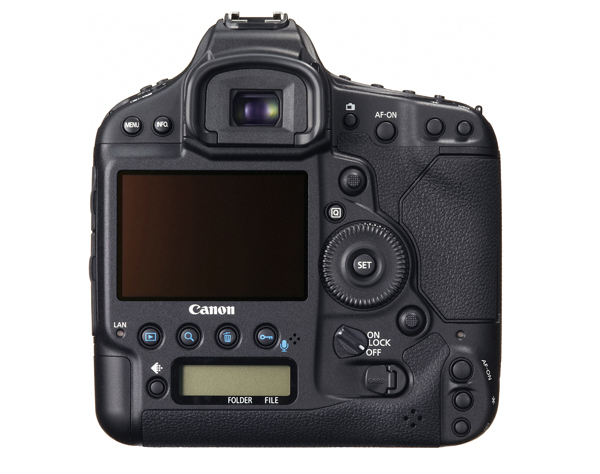By site editor Dan Chung


With NAB2012 just around the corner Canon have chosen today to announce their brand new C500 and EOS-1D C.
The C500 shares an almost identical body design to the C300 but is a much higher end Cinema camera inside. The C500 shoots uncompressed 4K RAW (4096 x 2160-pixel) 24,25,30,50 and 60fps video to an external recorder in 10-bit 4:4:4 using 3G HD/SDI connections. Step the camera down to 2K and it will shoot 12-bit RGB 4:4:4 up to 60 fps. No information as yet about which external recorders will work with the camera or how much they will cost.
It can also shoot 120fps for slow motion in 2K and 1080P resolutions. Not only that but when it shoots quad full-HD (3840 x 2160), 2K (2048 x 1080) or full HD (1920 x 1080) the output is downsampled rather than cropped the image unlike Red’s Epic and Scarlet cameras.
Internally it records 50 Mbps HD proxy files to CF cards.
The Super35 sensor in the C500 is reported to be similar to that in the C300 but the data is processed differently. The C500 will be available in either EF or PL mount options.
The C500 actually has two 3G HD/SDI connectors so that users can also monitor the image in 4K too with the right gear.
The only thing not present on the C500 which real world users will miss is the excellent handgrip which has given way to more connections.
Whilst the C500 may appeal to cinema shooters it is probably overkill for many news and documentary makers. That said the size and form factor mean that it could have a place for those wanting to get the very best images in real world scenarios.

Perhaps of more interest to news shooters is the new EOS-1D C Cinema EOS DSLR. Previously shown as a concept under glass, the EOS-1D C is based on the chassis of an EOS-1D X DSLR but with much improved video functionality.
The 4K video image is an APS-H crop of its full-frame sensor. Full HD can be either a 16×9 crop of the whole sensor or a Super35 sized crop captured from middle of the sensor
The EOS-1D C is capable of shooting 8-bit 4K Motion JPEG (4096 x 2160 pixel) at 24P as well as 1080P at 24,25,30,50 and 60P. There is no recording limit for video. 1080P video can be recorded in IPB or All-I as with the 5D mkIII – the question being whether the image will be substantially better than that camera.
The EOS-1D C shares the same Canon Cine log gammas as the C300 and C500 which should make it a useful B camera for some shoots.
Slightly disappointingly the camera only has a HDMI output and not HD/SDI. This may well limit its appeal. That said it does output uncompressed 1080P 4:2:2 over HDMI which should meet many broadcast specifications.
On the audio side it has the much-needed headphone jack which was omitted from its cousin the 1D X.
What this camera is missing is built in ND filters, XLR audio and importantly zebra or peaking focus aids. It is also unclear right now if the image can be magnified whilst shooting to check focus. 25P shooting rates at 4K also seem to have been omitted which may cause problems for PAL country shooters.

What would make this camera a real option especially for newspaper multimedia shooters is if the EOS-1D C has the same level of stills performance as the EOS-1D X. It does do 12 fps, 18 megapixel stills but it is not clear what compromises to quality have been made to optimise it for video (Edit – Canon Press release claim the EOS-1D C is the same stills quality as the EOS-1D X).
The downside? Cost is projected at around 10,000 Euros or $15,000 US.
Where this camera may find a home is in the hands of news and documentary shooters who have fallen in love with the DSLR form factor but want better image quality. There are many assignments where even a C300 is too big or obvious and the EOS-1D C might be better suited.
We’ll be on hand at NAB 2012 to get the full run down on these cameras.







